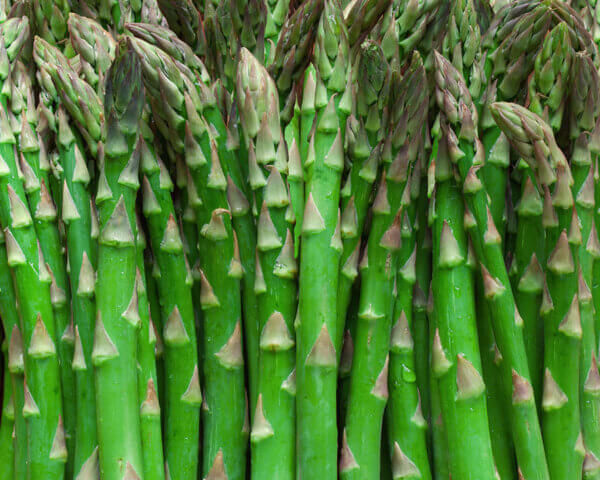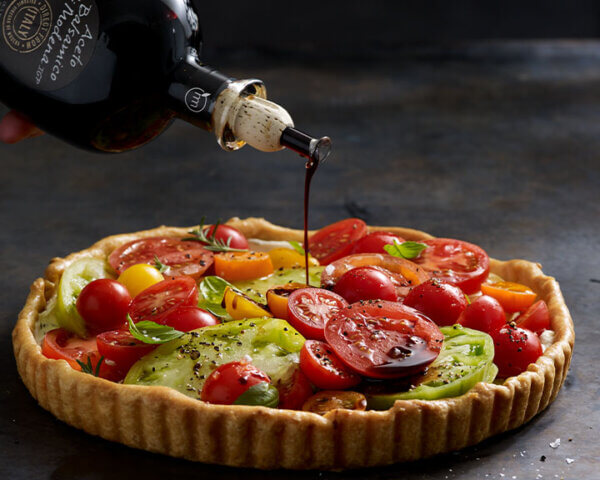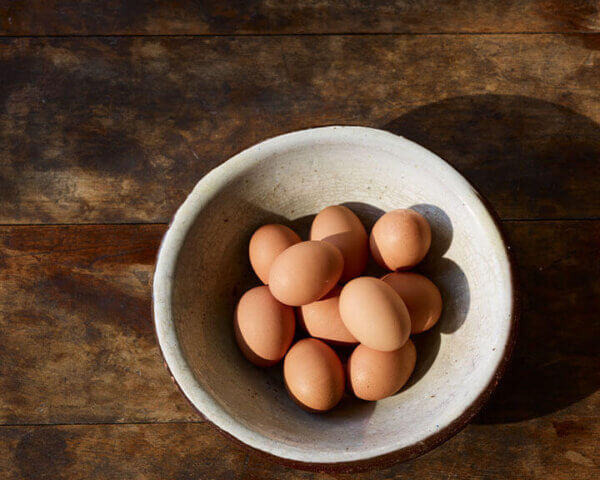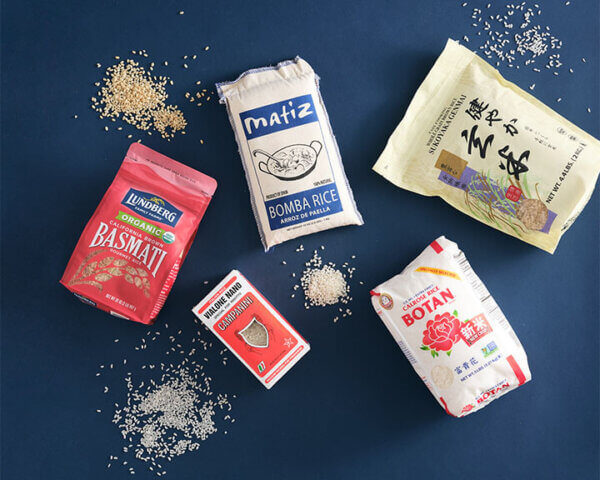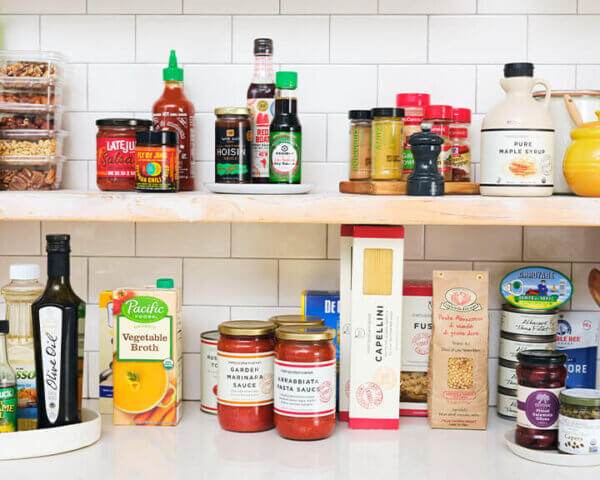101
A warm, fresh-baked loaf of bread is one of the purest gifts the culinary world has to offer. It has cemented itself as a time-tested staple in different cuisines all over the globe. Can you think of many other foods that have been around for more than 10,000 years? There are so many loaves, baguettes, rolls, and buns out there that a trip to the bakery can feel a bit overwhelming; how do you know which one is right for your needs?
Welcome to Breaducation
It wouldn’t be a proper 101-level overview if we didn’t cover the absolute basics, so let’s break it down: bread is a mixture of flour, water, and a leavening agent (often yeast, but not always) that’s been cooked (often baked, but again, not always). There’s a huge range of flexibility and creativity within these parameters, like baking methods, types of grains used, and the use of other ingredients or fats – there’s really no limit. Wheat and rye are packed with gluten, and therefor make the best raised breads, while grains like millet, barley, and corn (maize) are more popular for flatter breads.
In risen breads, the dough is kneaded, a process that kick starts the gluten and helps develop it, before it is left to rise. Trading our apron for a lab coat for a minute: When water hits flour, it starts breaking down the flour’s starch into sugars, which yeast cells love to eat up. This releases carbon dioxide ie. all those happy little bubbles and air pockets. At the same time the dough is rising it is also fermenting, which refers to the release of the tiniest amounts of ethanol, something that contributes to the overall flavor of the bread. The exact ratio of bread to water to yeast, as well as kneading method and rising/fermentation time are a few things that set master bakers apart.
How to pick out your bread
What is a good bread, really? The answer is full of nuance; each bread type has its own set of characteristics and the markers of quality vary from type to type, but there are some indicators that repeat themselves.
A dark crust
Read ‘dark’ and not ‘burnt.’ A good caramel color on the crust helps ensure that it’s baked long enough, and a longer bake time can add to the flavor.
A nice crumb
Time for some vocab: The term crumb is used to describe the interior of bread. In most artisan breads, you want a hard crust and a soft and tender crumb, with nice big air pockets dotted throughout. But with rich breads like challah or brioche, you want to look for a soft crust and a tight crumb (not a lot of big air pockets).
Good flavor
This is an obvious one, but it’s still important and warrants a spot on the list. You don’t want a bread that tastes like nothing. The type of the grain, how it was milled, and the leavening process all translate to the flavor of the finished product. Start taking note of the types of wheat used in your favorites; is it made with spelt, red wheat, white wheat?
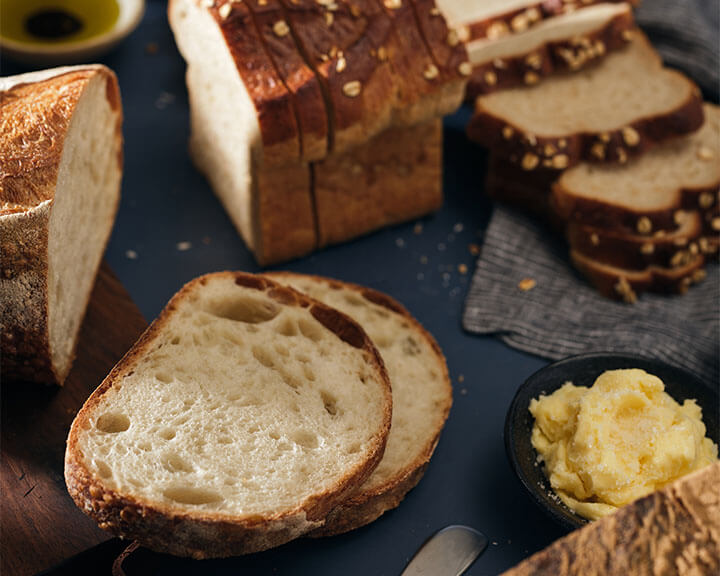
How to Store Your Bread
Get the most out of your artisan loaves by storing it in ways that make it last longer.
The freezer is your friend
Freezing is our favorite way to store bread. Cut off what you intend to use and freeze the rest. You can even go one step further by slicing it and putting the slices in a plastic bag (squeeze as much air out as you can) before tossing it in the freezer. It’ll last for a few months, and you just have to pop a slice in the toaster for an easy thaw.
The fridge is NOT your friend
The fridge is our savior when it comes to making food last longer, and this holds true for more generic, processed breads. But when it comes to artisan loaves, you actually want those on the counter. The cool temperatures of the fridge will cause your bread to stale quicker.
Paper or plastic?
There’s a reason good loaves of bread come wrapped in paper. Plastic locks in moisture, which mold loves, while paper is a bit more breathable. There are even reusable bread bags available now, which are made of breathable cloth and work beautifully.
Trusty ol’ breadbox
They’ve become increasingly rare in kitchens, but a bread box creates the perfect environment for keeping bread happy.
Bread Breakdown
Now that the basics are out of the way, let’s take a closer look at some of our most popular loaves.

Pane di Como, or Como Bread
This type of bread originated in Italy, near Lake Como. It has a unique taste due to a special twice-fermentation process; a pre-fermentation and a bulk fermentation. It’s everything you imagine in a rustic Italian loaf – soft and chewy on the inside with an impressive crust on the outside. It’s this crust that make it the perfect crouton bread. We love the one from Grand Central Bakery!
Baguette
Ah, the trusty, humble baguette. Like a solid table wine or a decent salt, a good baguette is a reliable dining staple. Parisians mastered this one years and years ago, and we can’t think of a savory meal that it wouldn’t compliment. A good baguette has a rich, dark crust, and crunches with flaky goodness. If you really want to show off your knowledge, ask for a baguette bien cuit, or well done in French – these are your crispy kings.


Skagit Valley Miche
What is a miche, really? Picture a country loaf – rustic, hearty, with lots of character. This one’s made with flour grown and stone-milled in Skagit Valley and baked by our friends at Essential Baking Company. This is your ultimate toasting bread; it handles the heat of the toaster well, and crisps beautifully. Add a pat of butter, or your most decadent avocado spread.
Metropolitan Market Shokupan
Japanese-inspired milk bread, or shokupan, is the perfect hybrid of soft and strong. At first glance, it may look like a standard white bread, but what sets this bread apart is its unique tangzhong method, where a roux of flour and water or milk serves as the base for the other ingredients. This helps create a bread that’s ultra-soft, creamy tasting, and almost chewy. If you’ve been to Tokyo you probably noticed shokupan in a number of sweet and savory offerings – we think it makes the ultimate sandwich bread. Go ahead and stack it high, shokupan stands up to all the layers and sauces you can throw at it and won’t bend under pressure.


Brioche
If you’re after an indulgent, rich bread, brioche is your best friend. In classic French fashion, the secret ingredient to this decadent loaf is…butter, as well as a heavy dose of eggs, so it comes to no surprise that brioche is considered both bread and pastry. There’s a special word for this category of hybrids, called viennoiserie, and it’s the same category croissant live in. A really good brioche is the perfect choice for making something that leans sweeter, like French toast or bread pudding.
Challah
Closely related to brioche is challah; a traditional Jewish bread that’s enriched with eggs and oil. If you’re making a stuffing, this is the type of bread you want. It has a relatively low moisture content, so it can soak up all those savory juices, but it also has a tight crumb, meaning not a lot of air pockets and it’ll hold together without getting mushy.


Metropolitan Market Cinnamon Bread
For your best French toast, choose a bread that already has warm spices or dried fruit baked into it. It will make the final product that much more flavorful, without adding any additional steps. This cinnamon bread already has sweetness swirled into it, and it’s strong enough to handle the eggy mixture French toast requires. Plus, the drizzled frosting on top melts deliciously into the pan while it’s cooking.
Crostini
Cheese and charcuterie lovers, this one’s for you: crostini! Part bread and part cracker, these crunchy crisps are simply slices of bread, usually from a baguette, that have been drizzled with oil or butter and topped with salt or herbs and then baked or toasted.


